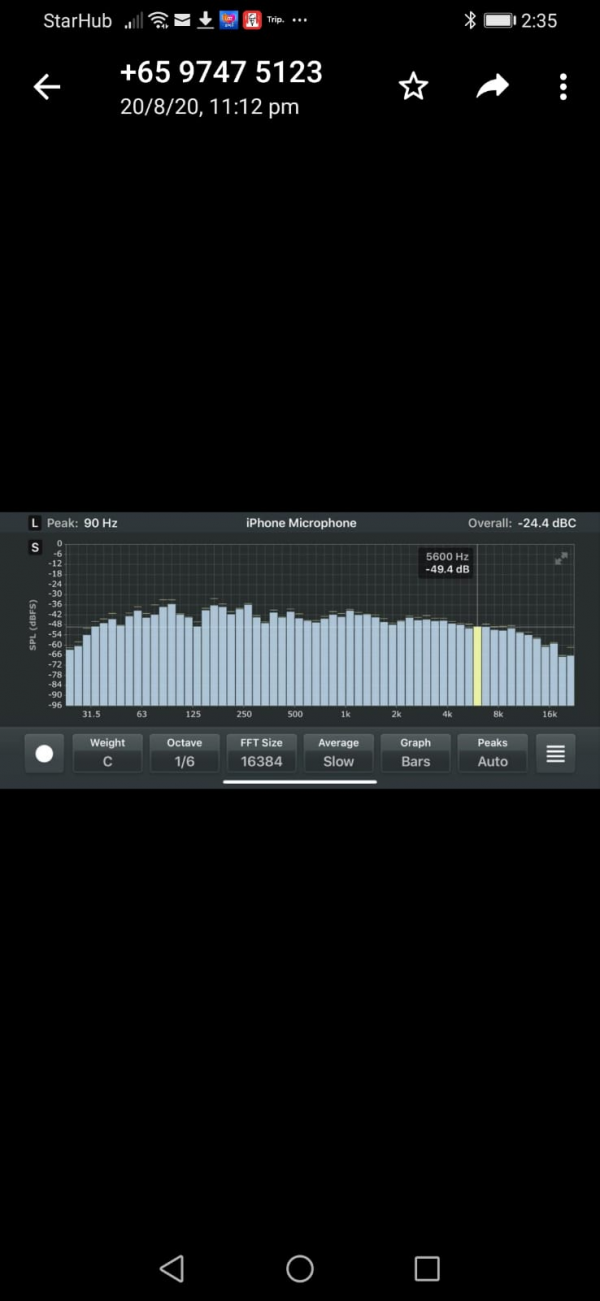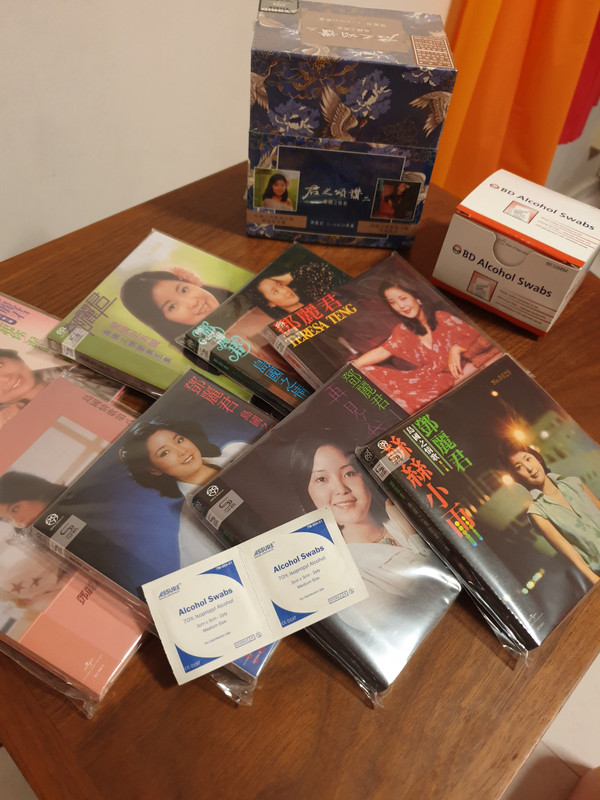Hi guys,
I have read and reread Daniel B?ezina ' reviews of the Soulution 760 DAC (October 24, 2018, Hi-Fi Voice) and the EMM Labs DV2 (April 2, 2020, Hi-Fi Voice ) Just to share.
His description of the 760 sounds: the bass line is simply unbelievable, the pulse of the bass is sinfully hypnotic, perfectly contoured, stiff, flexible and pulsating, simply exceptionally authoritative and relaxed a the same time, it's unbelievable how pure, realistic, phenomenally transparent, fantastic openness and even the subtlest nuance is there, concrete, clear and focused, phenomenally harmonious whole, absolutely no coloration, absolutely no emphasis, supremely technically brilliant reproduction, barely believable resolution even in the highest band, those waterfalls of detail around the cymbal, the cymbal was famously delicate, it was light, relaxed, and at the same time absolutely perfect, perfectly clean, clear, you can hear the reverberation, absolute absence of limits, the dynamics was excellent, the converter literally screams if you allow that expression, there is no taming, perfect precision, it's captivating and breathtaking, but the most fantastic thing about this converter is its informativeness, a microscope, myriads of subtleties, immediate, you are there, great naturalness and exceptional realism, the 760 seems to add a bit in size to the voices, instruments, and soundstage, fantastically controlled, airy, and three-dimensional space, not coldly technical, but actually musical, ... He concludes: the Soulution 760 is one of the absolute best ... it will shoo you into the center of the musical universe in a captivating, absolutely excellent way....
His description of the DV2 sounds: huge, perfectly phrased, fantastically accurate and clean, luxurious, flowing, completely of different dimension, the ease, the wonderful complexity, the naturalness, revealing even the finest nuances, one of the most detailed converters, can dig into the deepest layers of the recording, not the slightest trace of being mechanical, simply present, practically the best you can imagine, fantastic resolution, seamless throughout the audio frequencies, continuous, it's hard to find the right words to describe the ever-present, subtle and yet convincingly specific tapping of cymbals, non aggressive, authentic, so magnificently phrased and explosive, does not loose agility or precision, perfectly top-notch, organic, clarity, absolutely fantastically detailed the presentation of the strings, their textures, reverberations and resonance, extremely convincing, natural, you're there, exceptional clarity and transparency, a sense of real spaciousness of the soundstage, the air around the instruments, between instruments, the recording space, the walls of the room from which the sound is reflected, its rhythm, fluency and fantastic purity, with relaxed musicality. He concludes: Ed Meitner is a man who obviously knows what he's doing. His latest converter is still the pinnacle of audio electronics in terms of resolution and naturalness, ... Fascinating transparency, extraordinary detail and lifelike to the maximum, that's what you can expect when listening with the DV2 ... It is an exceptional device ...for those who only need the best.
I have read and reread Daniel B?ezina ' reviews of the Soulution 760 DAC (October 24, 2018, Hi-Fi Voice) and the EMM Labs DV2 (April 2, 2020, Hi-Fi Voice ) Just to share.
His description of the 760 sounds: the bass line is simply unbelievable, the pulse of the bass is sinfully hypnotic, perfectly contoured, stiff, flexible and pulsating, simply exceptionally authoritative and relaxed a the same time, it's unbelievable how pure, realistic, phenomenally transparent, fantastic openness and even the subtlest nuance is there, concrete, clear and focused, phenomenally harmonious whole, absolutely no coloration, absolutely no emphasis, supremely technically brilliant reproduction, barely believable resolution even in the highest band, those waterfalls of detail around the cymbal, the cymbal was famously delicate, it was light, relaxed, and at the same time absolutely perfect, perfectly clean, clear, you can hear the reverberation, absolute absence of limits, the dynamics was excellent, the converter literally screams if you allow that expression, there is no taming, perfect precision, it's captivating and breathtaking, but the most fantastic thing about this converter is its informativeness, a microscope, myriads of subtleties, immediate, you are there, great naturalness and exceptional realism, the 760 seems to add a bit in size to the voices, instruments, and soundstage, fantastically controlled, airy, and three-dimensional space, not coldly technical, but actually musical, ... He concludes: the Soulution 760 is one of the absolute best ... it will shoo you into the center of the musical universe in a captivating, absolutely excellent way....
His description of the DV2 sounds: huge, perfectly phrased, fantastically accurate and clean, luxurious, flowing, completely of different dimension, the ease, the wonderful complexity, the naturalness, revealing even the finest nuances, one of the most detailed converters, can dig into the deepest layers of the recording, not the slightest trace of being mechanical, simply present, practically the best you can imagine, fantastic resolution, seamless throughout the audio frequencies, continuous, it's hard to find the right words to describe the ever-present, subtle and yet convincingly specific tapping of cymbals, non aggressive, authentic, so magnificently phrased and explosive, does not loose agility or precision, perfectly top-notch, organic, clarity, absolutely fantastically detailed the presentation of the strings, their textures, reverberations and resonance, extremely convincing, natural, you're there, exceptional clarity and transparency, a sense of real spaciousness of the soundstage, the air around the instruments, between instruments, the recording space, the walls of the room from which the sound is reflected, its rhythm, fluency and fantastic purity, with relaxed musicality. He concludes: Ed Meitner is a man who obviously knows what he's doing. His latest converter is still the pinnacle of audio electronics in terms of resolution and naturalness, ... Fascinating transparency, extraordinary detail and lifelike to the maximum, that's what you can expect when listening with the DV2 ... It is an exceptional device ...for those who only need the best.














